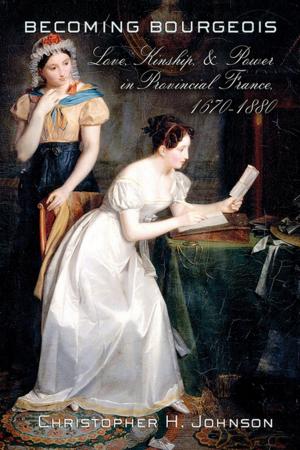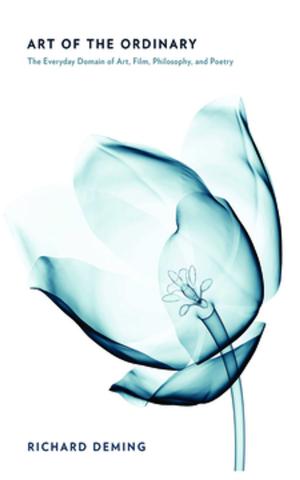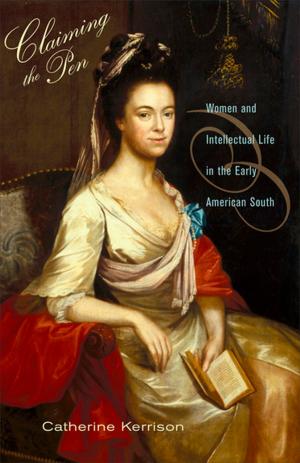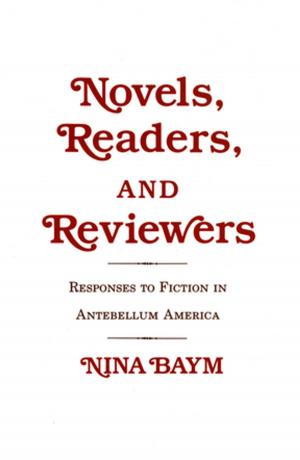The Stag of Love
The Chase in Medieval Literature
Fiction & Literature, Literary Theory & Criticism, Medieval, Ancient & Classical, Nonfiction, History| Author: | Marcelle Thiébaux | ISBN: | 9780801471520 |
| Publisher: | Cornell University Press | Publication: | May 29, 2014 |
| Imprint: | Cornell University Press | Language: | English |
| Author: | Marcelle Thiébaux |
| ISBN: | 9780801471520 |
| Publisher: | Cornell University Press |
| Publication: | May 29, 2014 |
| Imprint: | Cornell University Press |
| Language: | English |
A sport and a military exercise, hunting involved aggressive action with weapons and dogs, and pursuit to the point of combat and killing, for the sake of recreation, food or conquest. The Stag of Love explores the body of erotic metaphor that developed from the hunt together with Ovid's flourishing legacies.
While representing a range of human experience, the metaphor finds its dominant expression in the literature of love. As Marcelle Thiébaux demonstrates, the hunt's disciplined violence represented sexual desire, along with strategies and arts for getting love, the joys of love, and love's elevating mystique. The genre gave rise to a lavish imagery of footprints and tracking, arrows, nets, dogs and leashes, wounds, dismemberment and blood, that persisted to Shakespeare's day.
Thiébaux opens with an account of a medieval chase and its ceremonies. She introduces hunt manuals that defined and gentrified the sport, in stages from the party's departure to the ferocity of the struggle to the animal's death. These stages adapted readily to narrative structures in the love chase, showing pursuit, confrontation with the beloved, and consummation. In English literature, Thiébaux considers Beowulf, Aefric's Life of Saint Eustace, Sir Gawain and the Green Knight, and the works of Chaucer. Within continental European literature, she discusses Aucassin and Nicolete, Chrétien de Troyes' Erec, Gottfried von Strassburg's Tristan, the Nibelungenlied, and Wolfram von Eschenbach's works. She concludes with a scrutiny of newly recovered or little-known narratives of the thirteenth, fourteenth and fifteenth centuries.
Originally published in 1974, The Stag of Love brings to life a theme of perennial interest to medievalists, and to all readers intrigued by the imaginative treatment of love in the Western world.
A sport and a military exercise, hunting involved aggressive action with weapons and dogs, and pursuit to the point of combat and killing, for the sake of recreation, food or conquest. The Stag of Love explores the body of erotic metaphor that developed from the hunt together with Ovid's flourishing legacies.
While representing a range of human experience, the metaphor finds its dominant expression in the literature of love. As Marcelle Thiébaux demonstrates, the hunt's disciplined violence represented sexual desire, along with strategies and arts for getting love, the joys of love, and love's elevating mystique. The genre gave rise to a lavish imagery of footprints and tracking, arrows, nets, dogs and leashes, wounds, dismemberment and blood, that persisted to Shakespeare's day.
Thiébaux opens with an account of a medieval chase and its ceremonies. She introduces hunt manuals that defined and gentrified the sport, in stages from the party's departure to the ferocity of the struggle to the animal's death. These stages adapted readily to narrative structures in the love chase, showing pursuit, confrontation with the beloved, and consummation. In English literature, Thiébaux considers Beowulf, Aefric's Life of Saint Eustace, Sir Gawain and the Green Knight, and the works of Chaucer. Within continental European literature, she discusses Aucassin and Nicolete, Chrétien de Troyes' Erec, Gottfried von Strassburg's Tristan, the Nibelungenlied, and Wolfram von Eschenbach's works. She concludes with a scrutiny of newly recovered or little-known narratives of the thirteenth, fourteenth and fifteenth centuries.
Originally published in 1974, The Stag of Love brings to life a theme of perennial interest to medievalists, and to all readers intrigued by the imaginative treatment of love in the Western world.















